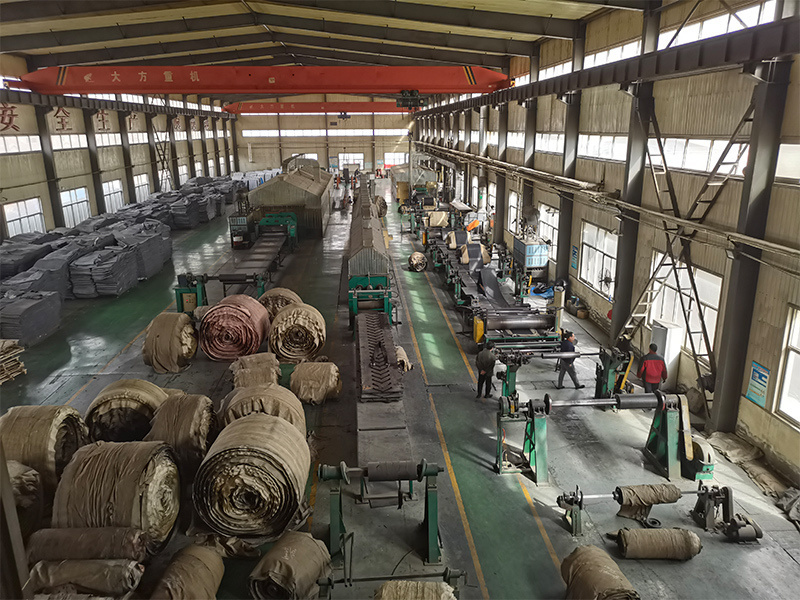7 tips for installing conveyor belts
Nov 12,2021
The installation of conveyor belts can be used in daily life and various industrial fields, with a very wide range of applications.

The installation of conveyor belts can be used in daily life and various industrial fields, with a very wide range of applications.
1. Thread a rolling sensitive shaft onto the iron core of the conveyor belt winding, and properly frame the belt winding. Before mounting, pay attention to the direction of the upper and lower covers to avoid reversing.
2. In workplaces that are not suitable for shelving, the conveyor belt can be rolled and guided open, and the folded conveyor belt should have a sufficiently large curvature radius to avoid damaging the conveyor belt. Heavy objects should be stopped from being placed on the conveyor belt at the folding point.
3. If replacing the conveyor belt, the new belt can be connected to the old belt, and unloading the belt can be done together with installing the new conveyor belt.
4. For conveyors that work horizontally, old conveyors can be cut off at any point. For conveyors that work in a skewed direction, the cutting point should be selected to avoid slipping and losing control due to their own weight.
5. After aligning the position of the new belt on the conveyor, fix one end of the tape with a fixture, and then connect it to the rope that wraps around the roller and pulley. After traction installation, balance the conveyor belt on the conveyor. When pulling, avoid squeezing the conveyor belt and the frame against each other.
6. Fix one end of the conveyor belt to the conveyor frame with a fixture, and tighten the other end through a pulley until the conveyor belt does not sag significantly on the return roller.
7. Tighten the installation and fix it at a distance of 100-150mm from the starting point.







